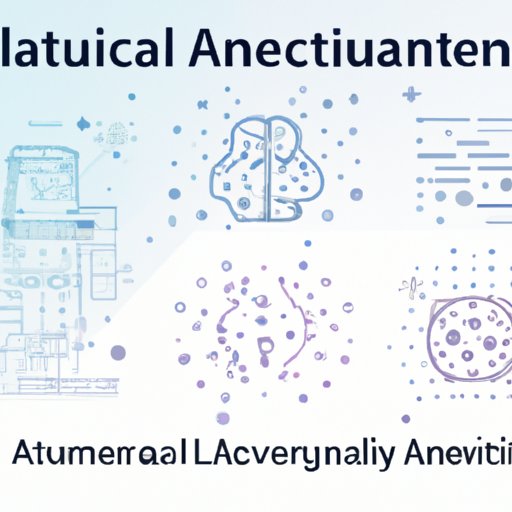Introduction
Artificial Intelligence (AI) is a field of computer science that focuses on the development of machines that can think and act like humans. AI systems are designed to learn from experience and adapt to their environment, making them capable of performing complex tasks such as recognizing objects in images, understanding natural language, and navigating autonomously in unknown environments. AI has become increasingly popular in recent years due to its potential for automating mundane tasks, predicting outcomes, and improving decision-making.
Automation of Business Processes
One of the most common uses of AI is the automation of business processes. Automating tasks such as customer service, data entry, and accounting can help businesses save time and money. AI-powered automation can also improve accuracy and consistency by eliminating human error. Additionally, automated processes can be scaled quickly, allowing companies to respond rapidly to changing market conditions.
Some examples of AI-based automation include chatbots for customer service, robotic process automation for data entry and accounting, and machine vision for quality control. These technologies can help businesses reduce costs, improve efficiency, and increase customer satisfaction.
Predictive Analytics and Machine Learning
Predictive analytics and machine learning are two related areas of AI that are often used together. Predictive analytics is the process of using data to make predictions about future outcomes. Machine learning refers to algorithms that allow computers to learn from data without being explicitly programmed to do so. Together, these technologies can be used to identify patterns in large datasets and make predictions about future events.
Some examples of predictive analytics and machine learning applications include recommendation engines for e-commerce sites, fraud detection in financial transactions, and forecasting demand for products and services. These technologies can help businesses optimize operations and make better decisions.
Natural Language Processing
Natural language processing (NLP) is a field of AI that focuses on understanding and generating human language. NLP technologies can be used to create virtual assistants, translate between languages, and automate customer service. NLP can also be used to automatically generate reports, extract information from documents, and detect sentiment in text.
Examples of NLP applications include virtual assistants such as Amazon Alexa and Apple Siri, automated customer service chatbots, and automatic summarization of text. These technologies can help businesses provide better customer service and improve understanding of customer feedback.
Image Recognition
Image recognition is a type of AI that can be used to identify objects in images. This technology is used in a variety of applications, including facial recognition, object detection, and medical imaging. Image recognition can also be used to automatically categorize images and detect anomalies.
Examples of image recognition applications include facial recognition for security purposes, object detection for autonomous vehicles, and medical imaging for diagnosing diseases. These technologies can help businesses improve security, automate processes, and provide better healthcare.
Autonomous Vehicles
Autonomous vehicles are vehicles that are capable of sensing their environment and navigating without human input. Autonomous vehicles use a combination of sensors, cameras, and AI algorithms to sense their environment and plan a safe route. This technology is used in a variety of applications, including self-driving cars, delivery robots, and unmanned aerial vehicles.
Examples of autonomous vehicle applications include self-driving cars for personal transportation, delivery robots for package delivery, and unmanned aerial vehicles for search and rescue operations. These technologies can help businesses improve safety, reduce costs, and increase efficiency.
Healthcare Diagnostics
AI can be used to diagnose diseases and detect abnormalities in medical images. AI-powered diagnostics can improve accuracy and speed up the diagnosis process. AI can also be used to analyze patient data and predict future health outcomes.
Examples of healthcare diagnostics applications include disease diagnosis from medical images, analysis of patient data for personalized care, and prediction of future health outcomes. These technologies can help healthcare providers deliver better care and improve outcomes for patients.
Cybersecurity
AI can be used to protect against cyberattacks by detecting malicious behavior and blocking suspicious activities. AI-powered cybersecurity solutions can help organizations detect threats faster and respond more effectively.
Examples of cybersecurity applications include malware detection, phishing protection, and intrusion detection. These technologies can help organizations protect their networks and sensitive data from cybercriminals.
Conclusion
AI is a powerful tool that can be used to automate mundane tasks, make better decisions, and improve customer service. AI can also be used to detect anomalies, diagnose diseases, and protect against cyberattacks. By leveraging the power of AI, businesses can improve efficiency, reduce costs, and gain a competitive edge.
(Note: Is this article not meeting your expectations? Do you have knowledge or insights to share? Unlock new opportunities and expand your reach by joining our authors team. Click Registration to join us and share your expertise with our readers.)
